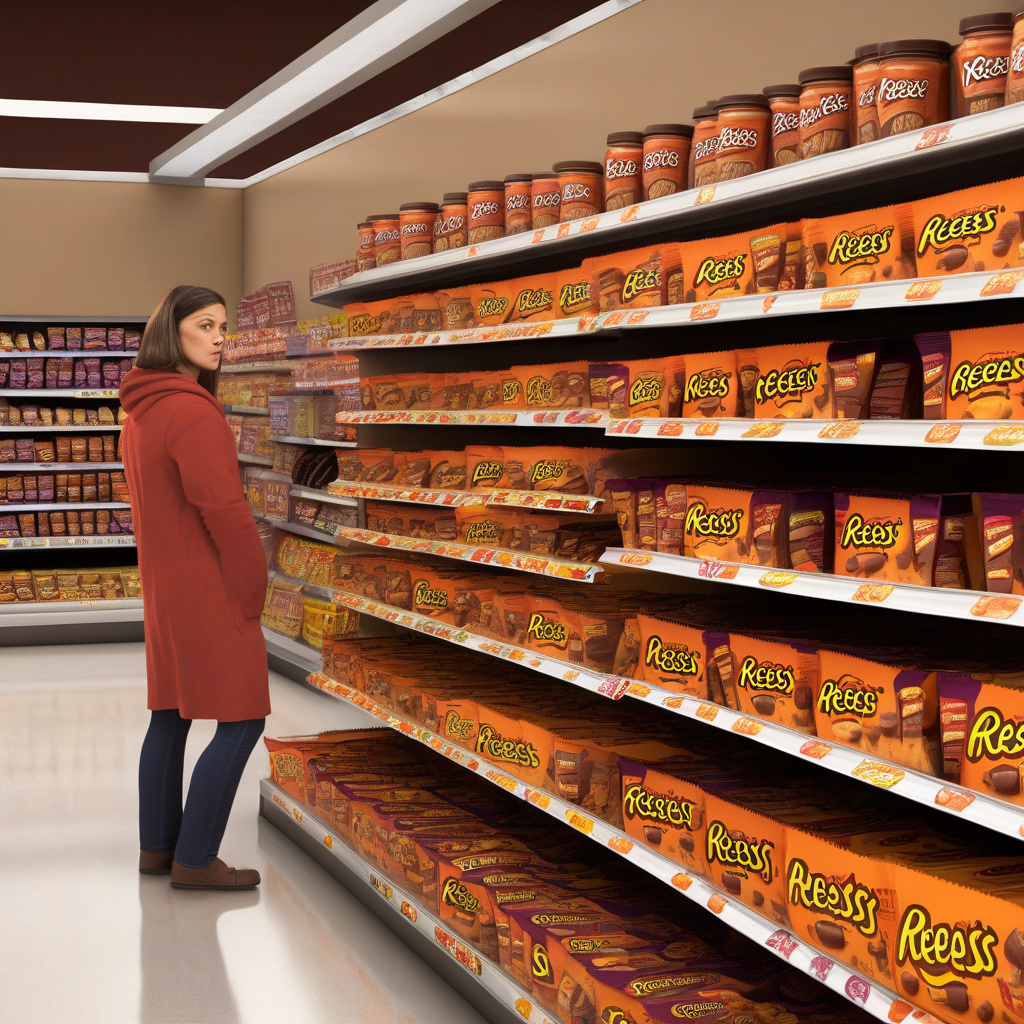Reese’s PB&J Sandwich Kits Sold Out in Record Time Amid Huge Demand, and Fans Are Not Happy
In a culinary twist that has captured the attention of snack enthusiasts nationwide, Reese’s recently launched its highly anticipated PB&J Sandwich Kits, only to see them fly off the shelves in record time. The excitement surrounding the launch was palpable, with fans eagerly awaiting their chance to indulge in this unique combination of flavors. However, the unprecedented demand has left many fans frustrated and disappointed, as the kits sold out almost instantaneously.
The Reese’s PB&J Sandwich Kit promises a nostalgic experience for consumers, combining the beloved ingredients of peanut butter, jelly, and the iconic chocolate and peanut butter spread that has become synonymous with the Reese’s brand. Marketed as a convenient and fun way to enjoy a classic sandwich, the kits were poised to appeal to both children and adults alike. The concept is simple yet effective: everything needed to create a peanut butter and jelly sandwich is included in the package, making it an attractive option for busy families and snack lovers.
On the day of the launch, social media platforms were abuzz with posts from fans expressing their excitement. The hashtag #ReesesPBJ was trending, showcasing a wave of anticipation and enthusiasm. Many consumers took to their favorite retailers, both online and in-store, hoping to snag a kit for themselves or their families. Unfortunately, the enthusiasm quickly turned to frustration as many shoppers found that the kits were sold out within hours of the release.
Retail analysts suggest that the swift sell-out can be attributed to a combination of factors, including limited initial stock and overwhelming consumer demand. Reese’s, a brand owned by The Hershey Company, has a loyal customer base that eagerly anticipates new product launches. The PB&J Sandwich Kit was marketed as a limited edition item, which likely fueled the urgency among consumers to purchase. The scarcity of the product has only amplified the disappointment of fans who were unable to secure their own kit.
Social media platforms have been flooded with complaints from frustrated fans. Many expressed their disappointment at being unable to purchase the kits, while others questioned the brand’s decision to limit availability. Comments like, “Why would you release something so amazing and not make enough for everyone?” echoed across various platforms, highlighting the sentiment of many consumers who felt left out.
In addition to the complaints, some fans took a humorous approach to vent their frustrations, posting memes and jokes about their failed attempts to buy the kits. This lighthearted take on the situation reflects the strong emotional connection that fans have with the Reese’s brand. Many consumers view Reese’s not just as a snack, but as an integral part of their childhood and nostalgia, which only heightens the disappointment when they are unable to access a new product.
The sell-out event has prompted discussions within the retail and marketing sectors about the importance of adequately forecasting demand for new products. As brands increasingly rely on social media to generate buzz and excitement, the pressure to meet consumer expectations becomes paramount. Companies must balance the appeal of limited edition products with the need to satisfy their loyal customer base.
Retailers may need to reconsider their supply chain strategies and inventory management practices to avoid similar situations in the future. Ensuring that sufficient stock is available for launch events can prevent consumer backlash and enhance brand loyalty. Moreover, brands should engage with their audience more transparently, providing updates on restocking efforts and potential future releases to keep consumers informed and excited.
In the wake of the sell-out, some Reese’s fans have taken matters into their own hands, creating DIY versions of the PB&J Sandwich Kit. Social media platforms are now filled with tutorials on how to replicate the experience at home, showcasing the creativity and resourcefulness of fans. This trend illustrates the strong connection consumers have with the brand; when faced with disappointment, they are willing to take action rather than simply giving up.
As Reese’s addresses the fallout from the PB&J Sandwich Kit launch, it remains to be seen how the company will navigate the challenges posed by consumer demand. Will they restock the kits in the near future? Or will they choose to capitalize on the hype by introducing new limited edition items? Only time will tell.
In conclusion, the Reese’s PB&J Sandwich Kits’ rapid sell-out highlights the intersection of consumer enthusiasm and brand strategy. While the kits may be gone for now, the strong reactions from fans demonstrate the enduring love for the Reese’s brand and the importance of meeting consumer expectations. As the snack industry continues to evolve, brands must remain vigilant in balancing excitement with availability to keep their loyal followers satisfied.
Reeses, PBJ, sandwich kits, consumer demand, snack industry
